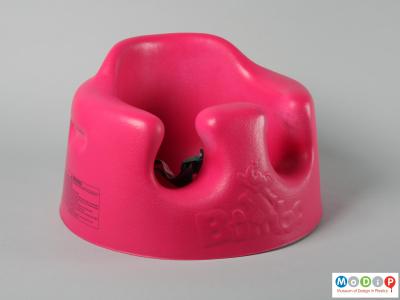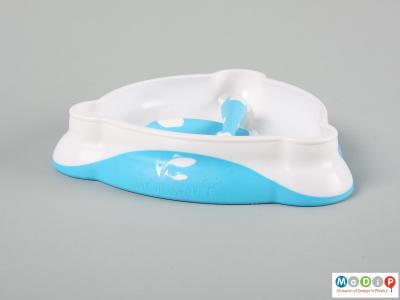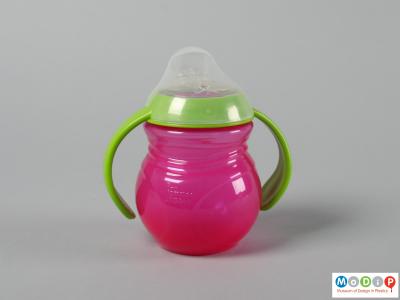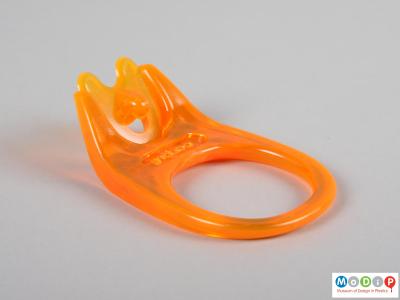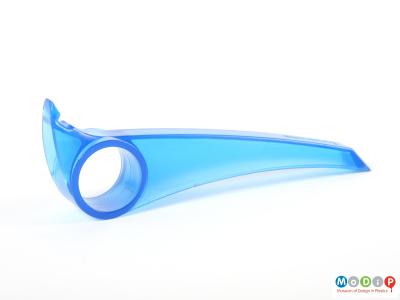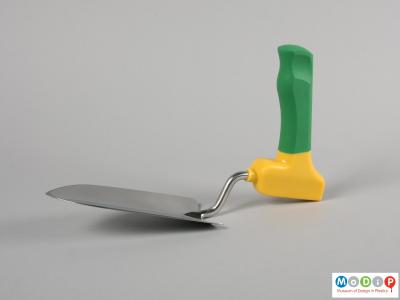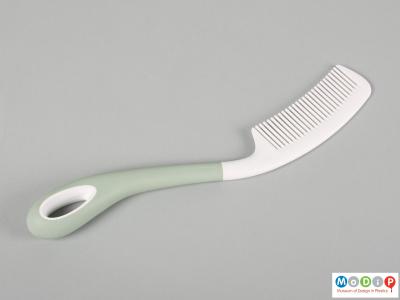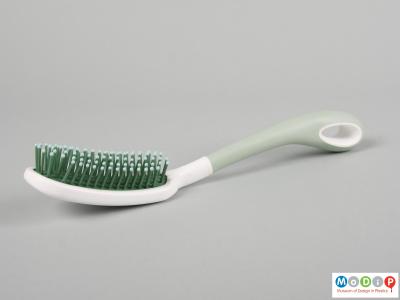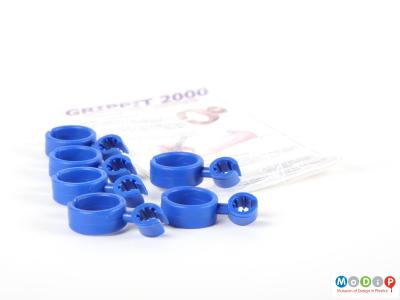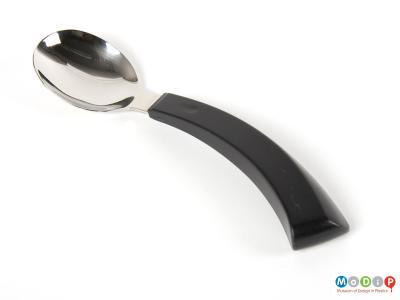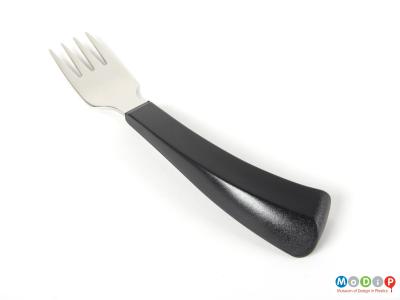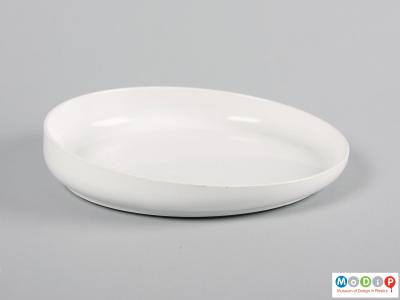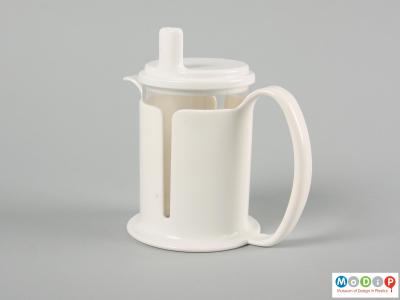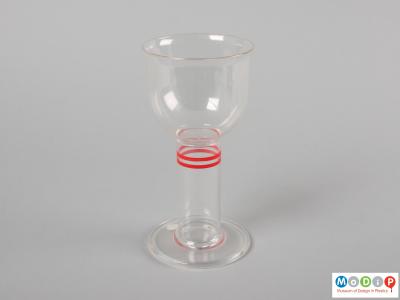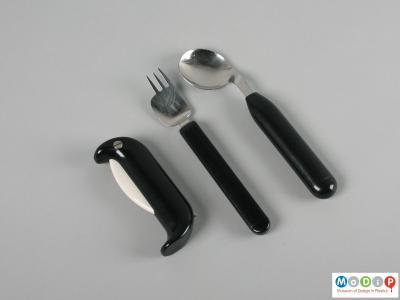There is a wide range of assistive devices which are designed to encourage development, support mobility and to enable independent living. Plastics materials are ideal for providing flexible, lightweight, durable and comfortable solutions to enable the human form to perform daily activities, which we often engage in without thinking.
The safety, comfort and development of children is enhanced by the use of products designed with smooth, moulded surfaces and softly contoured edges and which are lightweight and easy to clean. The bright colours and high contrasts that can be achieved with plastics enable babies to see shapes easily, and the moulded ergonomic forms help children learn to sit well and hold tools (1 - 3).
The effects of aging and the onset of degenerative diseases can be lessened by the use of carefully designed products using appropriate materials. Plastics materials which are simultaneously lightweight and strong are employed in a range of assistive devices, and carefully designed grips and handles on everyday objects can help those with impaired mobility or limited strength in their hands (4 - 20).
More specific support is provided by devices such as the Ankle-Foot orthosis (21). This example can control the position and motion of the ankle and help compensate for weakness as a temporary or longer term solution. It is made from lightweight injection moulded polyethylene with polypropylene padded fastenings. The footplate is flexible and thinner in profile than the thicker shin section which provides extra stability. It can be trimmed to size and heated and moulded to shape for a more comfortable fit. The low profile design offers a discreet solution which is worn inside a shoe.

